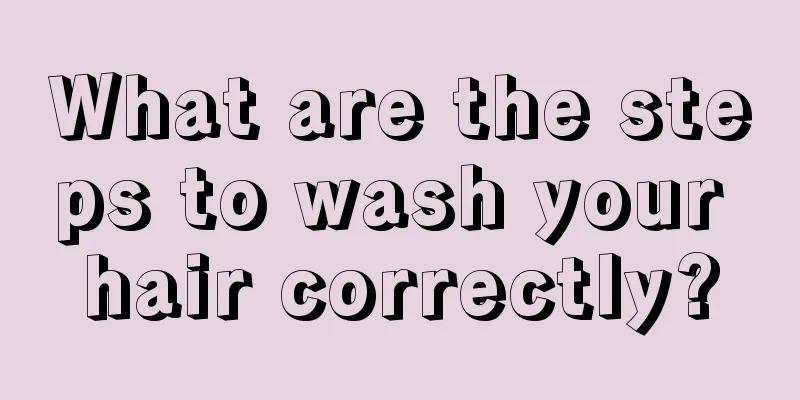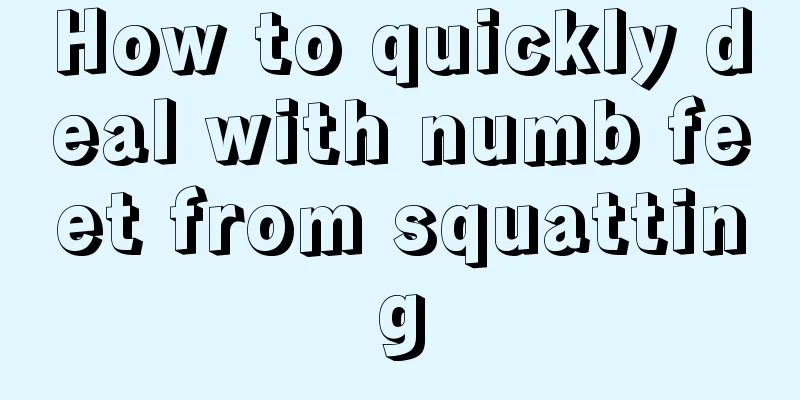Three main methods of interventional treatment for liver cancer

|
The patient is a 40-year-old male. B-ultrasound revealed liver ascites and MRI examination diagnosed him with liver cancer. After transfer, it was found that his kidneys had failed. The urine occult blood test was +++. He was also in a state of mild confusion and coma. The liver tumor is 7 cm in size and has metastasized to the kidneys. How should it be treated? Since the patient's liver cancer has metastasized to the kidneys and renal failure has occurred, he is no longer suitable for surgical treatment or overall chemoradiotherapy. Conservative treatment, such as interventional therapy, can be considered. Interventional treatment of liver cancer refers to a type of regional chemotherapy in which anticancer drugs or embolic agents are injected into the hepatic artery via femoral artery catheterization. It is currently the preferred method for non-laparotomy treatment of liver cancer, and its efficacy has been confirmed. Among interventional treatments for liver cancer, vascular interventional treatment is the most widely used, mainly including selective hepatic artery perfusion therapy, selective hepatic artery embolization and selective hepatic artery chemoembolization. 1. Selective hepatic artery perfusion Treatment is to infuse drugs into the artery through a catheter at a dose equal to or less than that of intravenous administration. This can increase the local drug concentration in the target cells and prolong the contact time between the drug and the lesion site, and reduce the total drug dose in the body, thereby achieving the purpose of improving efficacy and reducing side effects. 2. Selective hepatic artery embolization The embolic agent is selectively injected into the tumor blood vessels and tumor blood supply arteries through a catheter to block the tumor blood supply and block the tumor vascular bed, thereby inhibiting tumor growth. Commonly used embolic agents include gelatin sponge, super-liquidized iodized oil, sodium alginate microspheres, etc. 3. Selective hepatic arterial chemoembolization That is, both chemotherapy drugs and embolic agents are given through the catheter, destroying the tumor through two pathways. |
<<: 4 main symptoms of fibrolamellar liver cancer
>>: Does blushing after drinking alcohol increase the risk of esophageal cancer?
Recommend
How to apply eyeshadow with double eyelid tape
Big, bright eyes can add a lot of color to a pers...
What are the postoperative examination items for kidney cancer
Patients with kidney cancer often experience pain...
Does kelp contain high purine?
Kelp is rich in potassium, dietary fiber and othe...
What to do if your jeans fade
I usually like to wear jeans, but no matter what ...
Which nuts are low in calories
Generally speaking, the nuts we often eat are act...
Dietary care for patients with hepatic encephalopathy
Hepatic encephalopathy is a very common disease i...
What to do if headache recurs
The head is the most important organ in the human...
What targeted drugs should be taken for nasopharyngeal carcinoma
Nasopharyngeal carcinoma is one of the common mal...
What are the complications of advanced esophageal cancer?
The complications of esophageal cancer are quite ...
What to do if you have lice? Tips for getting rid of lice
Lice is a disease that easily occurs on the skin....
What are the side effects of Moringa seeds?
Moringa seeds are a food with extremely high nutr...
How to remove white spots on nails
Many people find white spots on their nails, and ...
What should you pay attention to in your diet for Candida
Generally speaking, most diseases require dietary...
What to do if you have teratoma in late pregnancy
Teratoma is a type of ovarian tumor, which is div...
Simple way to relieve stomach bloating
Stomach bloating is a gastrointestinal dysfunctio...









